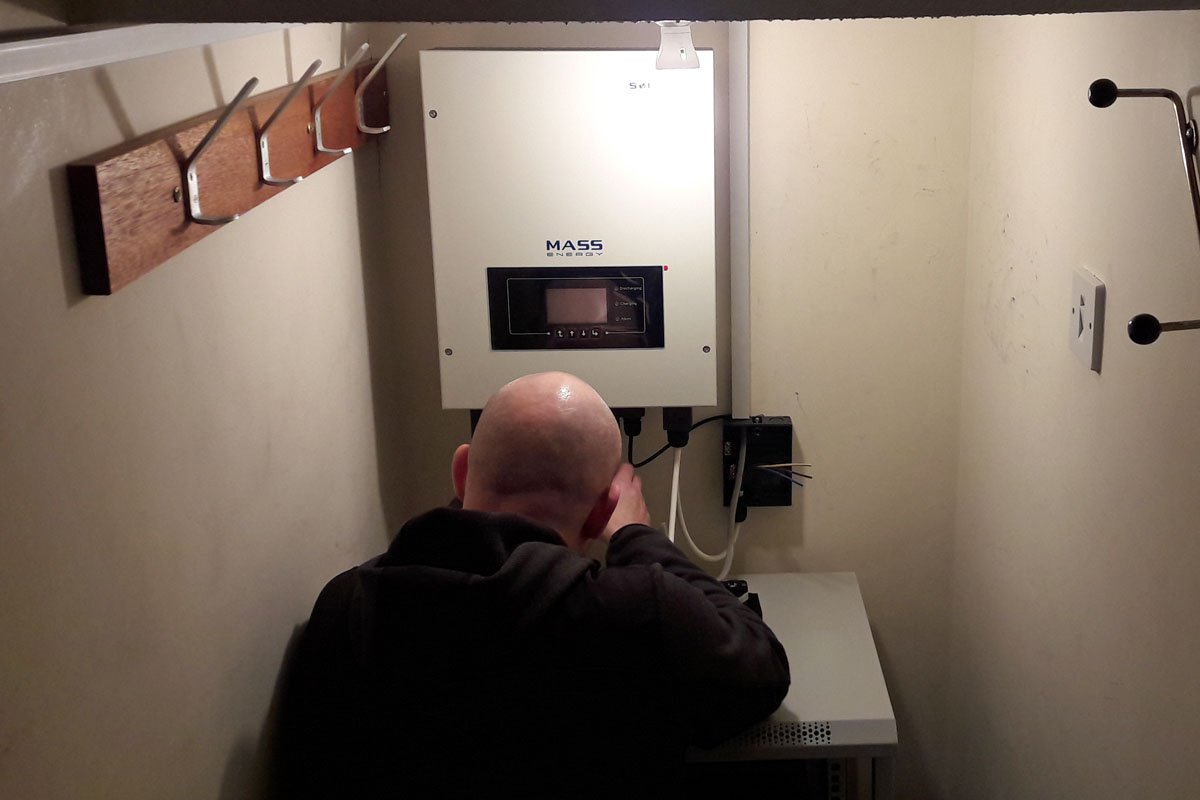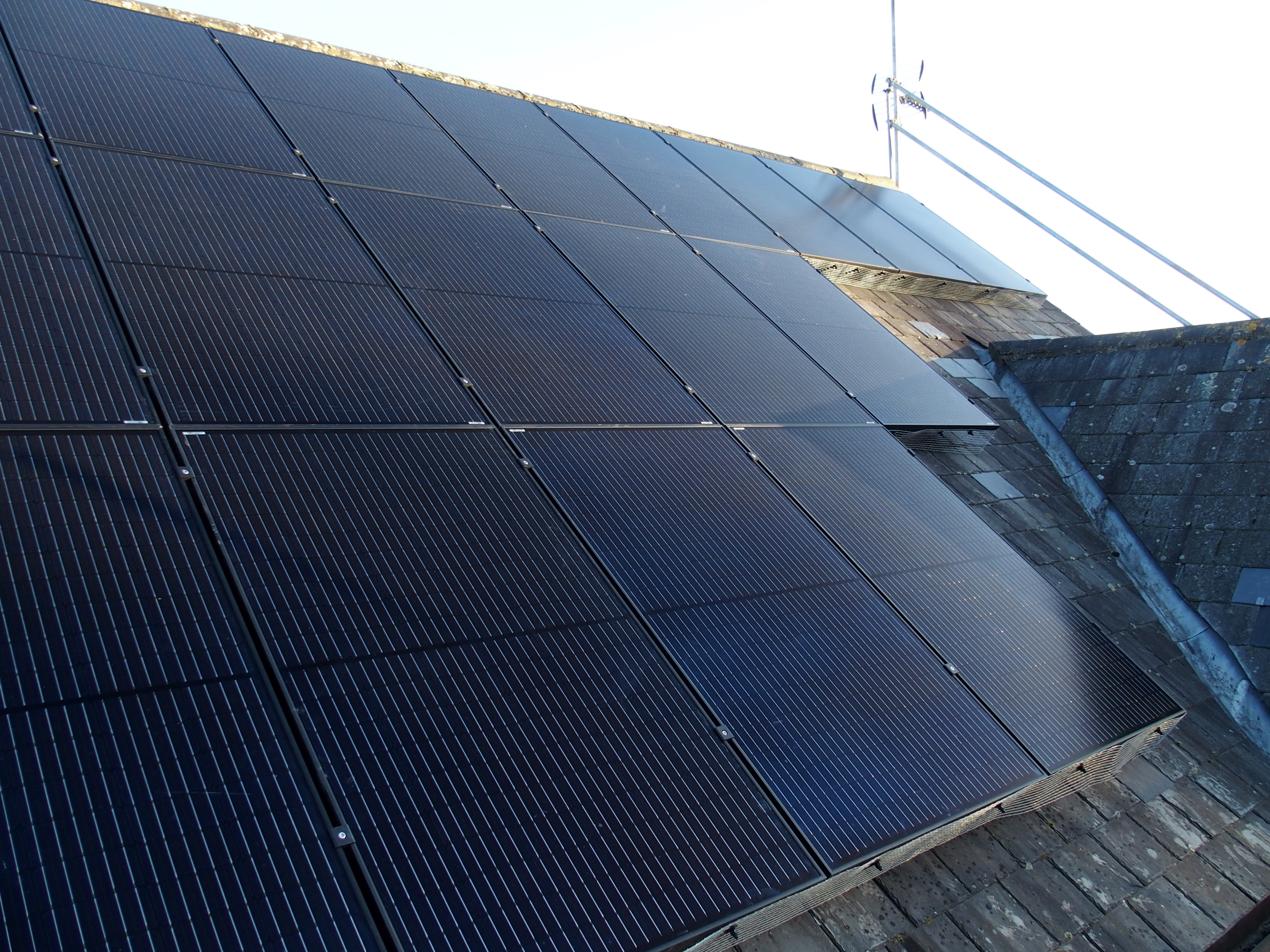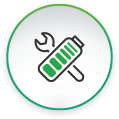As photovoltaic technology goes mainstream, driving a market evolution in how solar is installed and financed, how is one of its stalwarts and pioneers – Qcells – adapting to this consumer-focused future?
In an industry as fast-paced as renewable energy, jaw-dropping statistics are pretty common. But one recent data set from BloombergNEF (BNEF) and the China National Energy Administration (NEA) has proven particularly eye-opening. In 2022, the data showed, China added more than 51GW of small-scale – i.e, rooftop – solar. 51GW solely on the rooftops of private households and businesses. In a single year. This figure alone was nearly 20GW more than the entire renewable energy capacity additions of the US that year; on- and off-shore wind, and solar of all shapes and sizes, all dwarfed by China’s distributed PV sector.
The argument that the world’s rooftops hold the key to solar’s mainstream breakthrough has been intermittently convincing. Over the past decade of intense PV growth, global solar hotspots have seen each segment – utility, C&I and residential – vying for capacity prominence, but expert opinion tends to diplomatically suggest that all three will be key for PV to play a starring role in mankind’s scramble against climate catastrophe.
Read more: PV-Tech
It’s Time to Go Green!
If you would like to know more about Solar Panels and the PowerBanx range of home battery systems, and get a free instant quote, please complete our online form:







